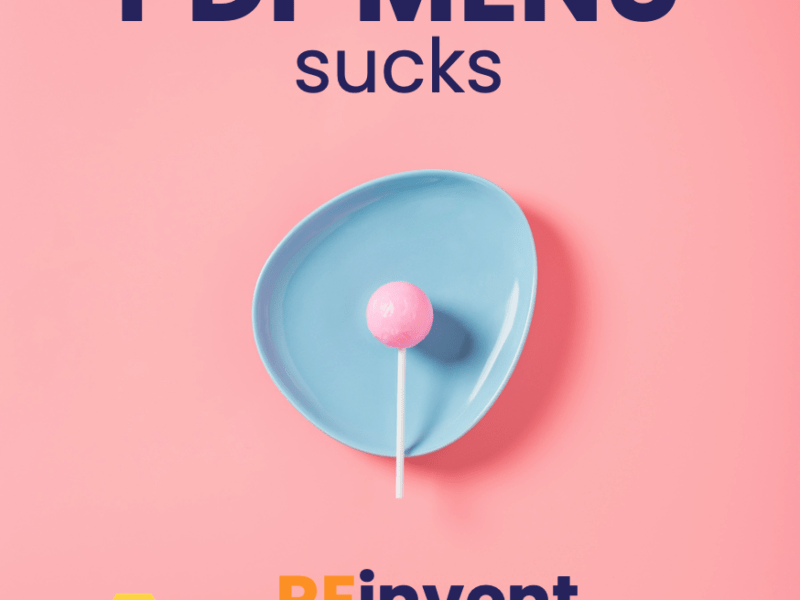
How to create a free digital Menu QR Code for your restaurant
How to create easily a digital Menu QR Code for your business
QR Code menus are digital menus that enable diners to scan and access on their mobile phones. As the restaurants reopen after the COVID-lockdown, to ensure the safety of the diners, national restaurant associations make it mandatory for them to offer disposable menus or digital menus. Get yours free today!
How Hotels, Restaurants, and Bars Can Minimise Risk While Reopening – Post-COVID19
It’s no brainer, post-COVID-19, host industries will go through a complete overhaul in consumer behaviour, demography and industry trends. Considering various factors, consumers will become more conscious about hygiene while dining or takeaways eventually to avoid maximum physical contact as possible. It’s a global history that human behaviour changes after every disaster pandemic. Call it a necessity or new-norms, we need to prepare ourselves for the stronger tomorrow and timely assist the consumer behaviour transition for the collective growth of the hospitality industry.
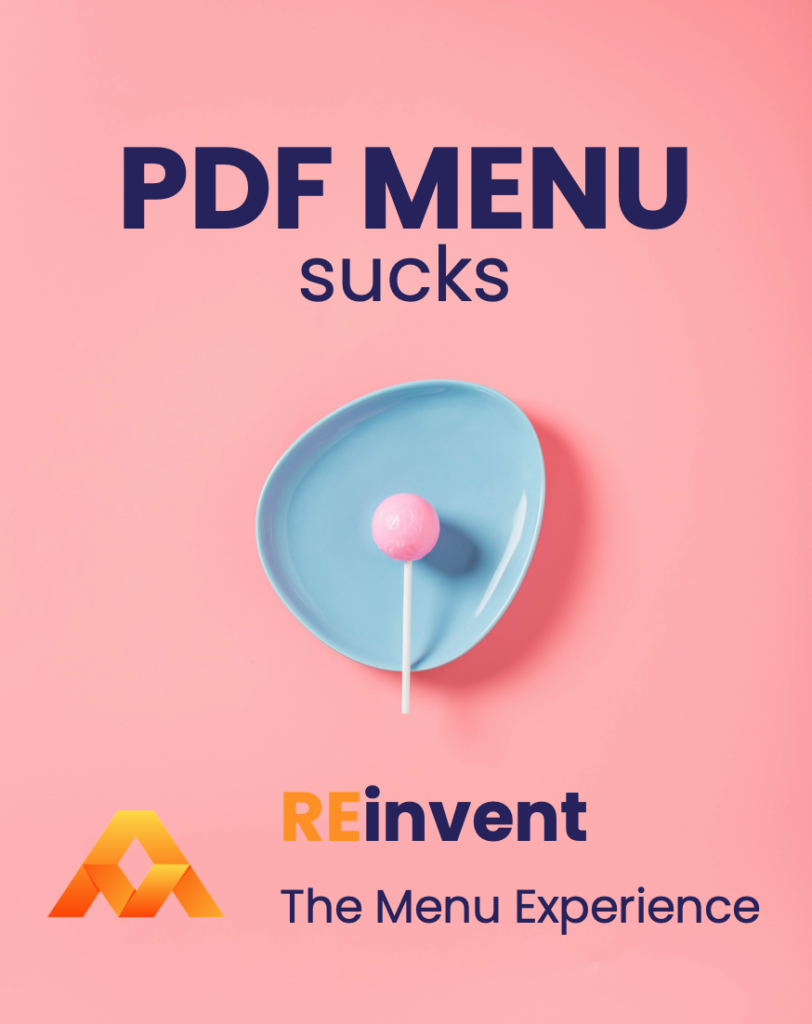
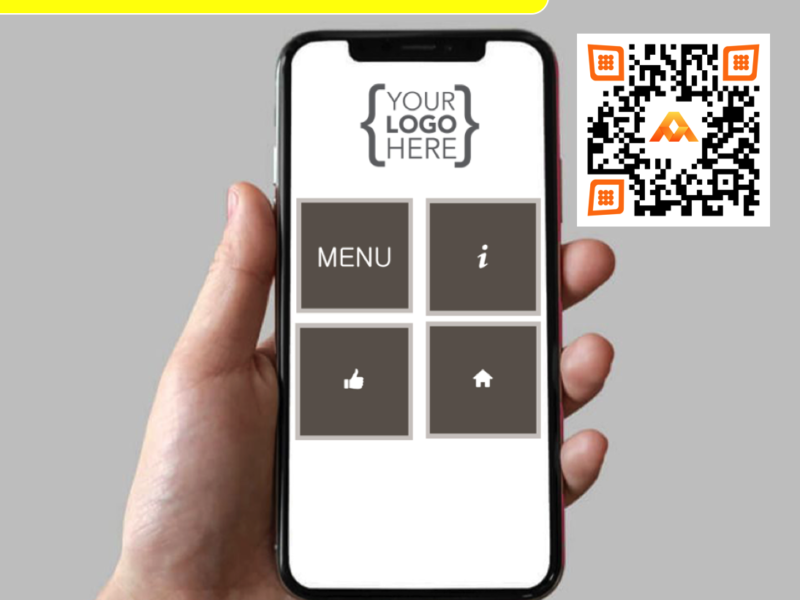
MasterTAAG: El menú de códigos QR para tu restaurante
Hoy en día existen muchas personas que buscan conocer nuevos horizontes. Viajar es algo que se está haciendo popular. Las grandes ciudades a diario son visitadas por una gran cantidad de turistas de distintas culturas así que esto hace que existan incontables limitantes al momento de la comunicación. Ciudades como Londres, Roma, Barcelona, París, Nueva York, etc. deben estar en contacto diario con muchas culturas así que los habitantes deben estar siempre actualizando sus tecnologías para hacer más placentera la estancia de los turistas en su área geográfica.

Vivimos en un mundo globalizado, donde todo está a un clic de distancia, es decir que queremos tener todo de manera inmediata. Así que la rapidez es un factor importante dentro de la industria gastronómica y hotelera. Las estadísticas turísticas incrementan anualmente en las grandes ciudades. Inglaterra ha sido uno de los países de la Unión Europea (UE) más visitados en el 2018, seguido de Francia y España, recaudando un aproximado de 150 millones de turistas al año entre los tres.
Estos números invitan a los dueños de empresas gastronómicas a estar en constante evolución para poder crecer entre la competencia de los distintos restaurantes manteniendo al comensal feliz con un servicio rápido y eficaz.
Una simple solución
Una de las soluciones n más sencillas es la aplicación MasterTAAG (www.mastertaag.com) que se trata de un código QR que te redirige al menú virtual del restaurante en el que te encuentras y te especifica el menú de una forma sencilla e incluso podrás ver fotos de los platos. Posee una opción para cambiar el lenguaje del menú.
Si eres un restaurante podrás tener tu propio código QR el cual podrás imprimir para que los comensales puedan escanearlo y ordenar lo que deseen en un tiempo menor. La tecnología nos ayuda a ser mejores, así que no esperes más y pruébalo.
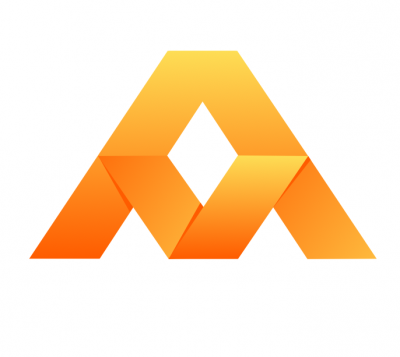
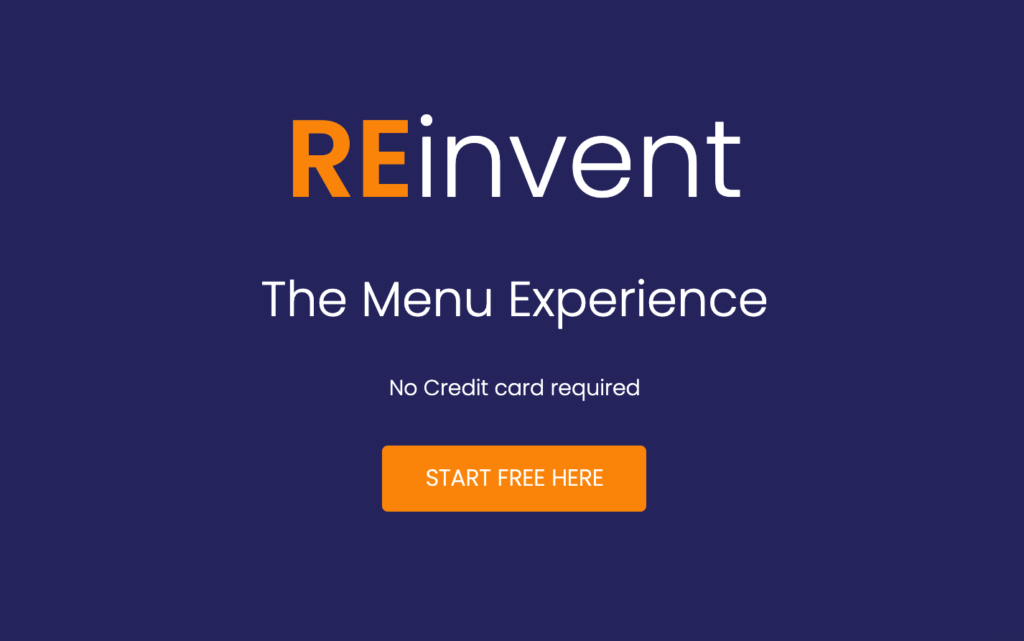

How Contactless Payment & QR Codes Can Jointly Reshape The Hospitality Industry Post-Covid
A new era of transactions has arrived. Heralded in rapidly by Covid-19, contactless payment suddenly became the payment choice “du jour.” Globally, we were already setting out sights on obviating paper-cash and the need for pins; however, that reality has arrived sooner than expected.
What is contactless payment, and how does it work?
Otherwise known as “touch-free” payment, “remote” payment, and “tap-and-go,” contactless payment only requires an online connection. This connection is formed between the phone and the “Point of Payment” through a near-field-communication (NFC.) Once the payee taps their card or more often these days – simply hovers their card above the payment site – a unique code is created which marks the payment and is directly issued to the bank.

More recently, completely eliminating the need for cards, online financial apps are also offering customers the option to pay directly from their phones.
Growing in popularity since the rise of Covid-19, a mid-March study showed that 30% of the respondents took switched to contactless payments since the virus appeared. Interestingly, 70% of those users claimed they would continue using contactless payments post-COVID-19.
Naturally, this swift transition is down to a growing awareness of surface germs and contagion trajectory. But it can’t be denied that convenience still lies at the heart of people’s yearning for new and exciting Fintech innovations. Paired with banks across numerous countries, the Fintech industry has listened to this demand cry and, in turn, doled out the nifty QR code.
What are QR codes?
QR codes can be considered an expansion of contactless payment. Essentially QR codes are a form of barcode that contains directions to a particular website or online document. These codes are machine-readable, meaning that they require no physical contact whatsoever other than the proximity of a scanner (phone camera.) And that’s great for the germ-conscious. It also just happens to be great for business.
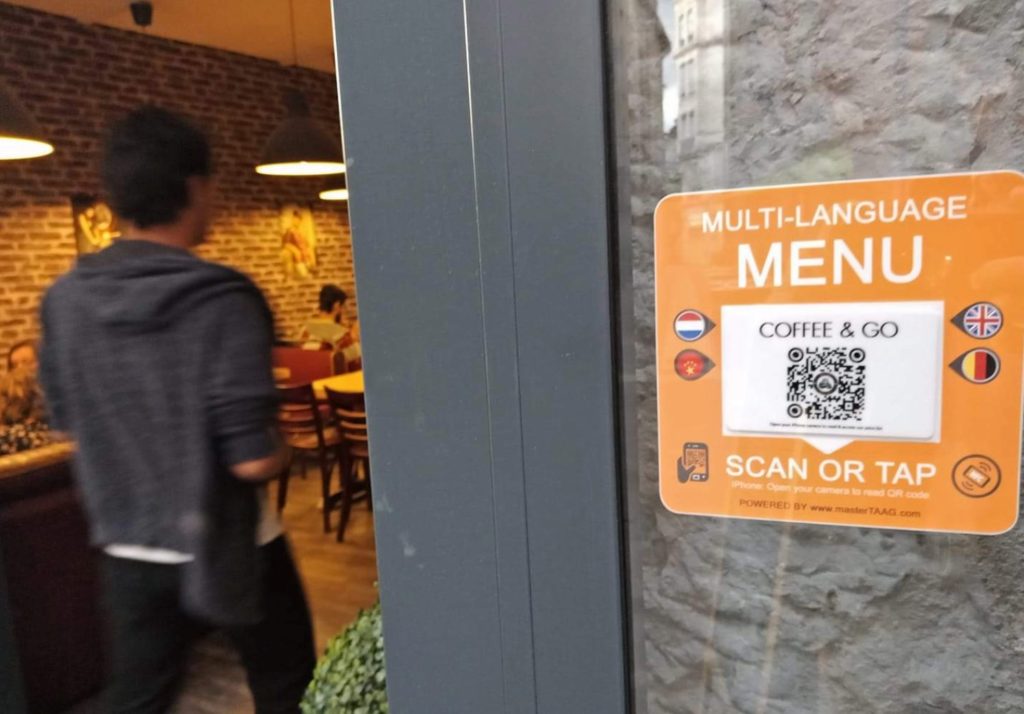
It’s possible that businesses stand to gain the most from turning away from tradition, particularly in the highly customer-driven accommodation and dining sectors.
How employing both contactless payment options and QR codes can enhance customer experience and increase revenue
Picture this. A health-conscious couple walks into a restaurant and is wary about touching anything that may be contaminated or unsterilized. To their delight, they’re met with a table-center QR code sign as they take their seats.
What they know is that they can simply scan this code, and the restaurant’s menu will appear on their phone – perfect. There’s no need to touch any haggard menus. Better yet, they are now at ease, knowing that the restaurant has their wellbeing and safety in mind.
They haven’t had to download an app or log in to an account to achieve this effect. All that’s left for them to do is select what they want and show it to a server.
And once they’re finished, they can tap to pay, especially now that contact payment limits are being eased in the interest of encouraging its use. Or, they can pay using an online payment app such as PayPal, Venmo, or Google Pay.
So, if customers benefit from the implementation of QR menu codes, why aren’t businesses eager to get started?
Benefits of pairing contactless payments and QR codes in business strategy
When a guest interacts with a business through their phone or social media, they’re more likely to share it, thus promoting the venue to their friends. Not only does this allow a business to monitor which aspect of their service/products is most attractive through increased data collection, but it can also drastically expand business reach.
What’s more, customer service receives a boost considering that human error is minimized, and guests can comprehensively view deals, specials, and other offers from the establishment. That means that instead of guests looking for entertainments or services elsewhere, they can become aware and avail of the hotel or restaurant services through QR code produced information.
So, it’s no surprise that in the age of technology, small and large businesses alike were capable of quickly shifting some of their core-processes online, including introducing QR scanning systems and expanding their contactless payment services.
Through using online QR code-accessed menus, a business can keep their menus up-to-date and relevant in real-time. It’s expected that dynamic digital menus and services will be the future of the service industry.
The push for digitization in the hospitality sector
In addition, as the number of financially-inclusive “digital banks” grows alongside tightening of security around contactless customer and card details, it seems the shift is inevitable. Customer’s expectations are also rising around the tech-savviness and convenience of a business. The more services they can receive digitally, the better for sales and rate of customer retention.
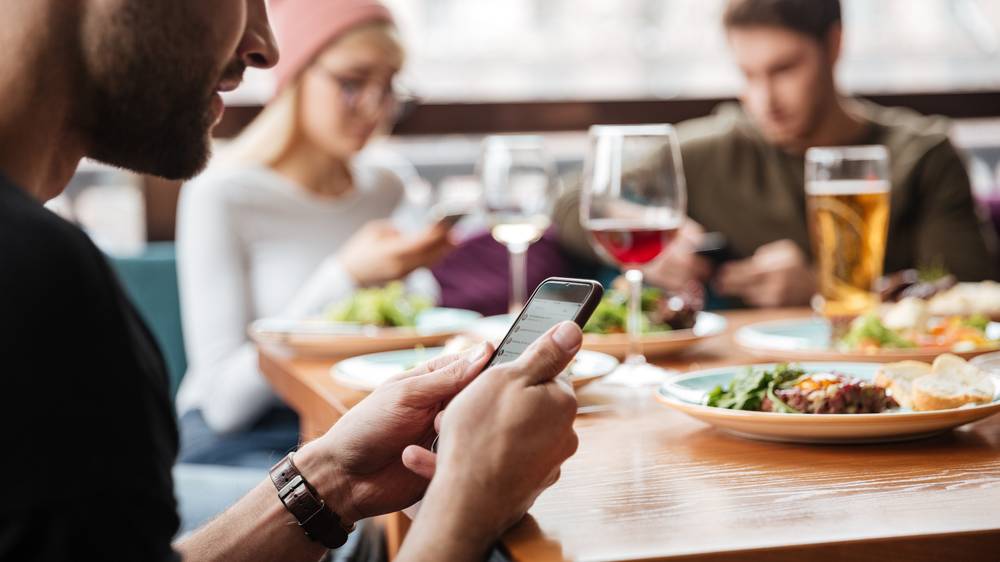
So, for highly customer-focused hospitality businesses such as restaurants or hotels, it’s worth adapting, optimizing, and potentially harmonizing both online/contactless payment options and a QR system. And, with research by MasterCard showing that 46% of the world’s population are currently using some form of non-cash payment – now is the best time to make the switch.
Fortunately, the transition is easy. Implementing a contactless payment system and rolling out a campaign of business-related QR codes requires consulting an IT firm, company bank, and buying the necessary equipment. QR codes are notoriously easy to implement due to their click-and-go production.
So, as the Fintech industry, banks, and businesses’ rush to accommodate new customer needs, a QR and contactless payment system seems like the fastest and surest way to stay on-top of the ever-changing market.
Discover MasterTAAG, a fully integrated Contactless Menu & Payment.


New menu web service offered free of charge to restaurants to help minimise virus spread by reducing reliance on printed menus
PRESS RELEASE [06/05/2020]
New menu web service offered free of charge to restaurants to help minimise virus spread by reducing reliance on printed menus
- As sanitisation becomes a priority following the COVID-19 crisis, paper and plastic restaurant menus could pose a health risk for diners, with bacteria counts as high as 185,000 per square centimetre. This is far more than a toilet seat.
- New menu app, MasterTAAG, enables diners to access the menu from their smartphones by scanning a QR code, and avoid touching a printed menu.
- While restaurants prepare to re-open, MasterTAAG is being offered free of charge until mid 2021, to speed up ordering, reduce reliance on printed menus and help minimise virus spread.
(May 6, 2020): MasterTAAG, an IoT solution created by entrepreneur David Navaro Vera, enables restaurant patrons to access digital menus in multiple languages from their smartphone. Already live in Shoko restaurant in Barcelona and the Pig’n Whistle in LA (prior to the lockdown), the solution allows patrons to use their own mobile phones to browse and select their order, rather than touch printed menus that are shared amongst other customers, by scanning the QR code at their table.
As restaurants review their dining strategies in anticipation of opening after the lockdown, MasterTAAG offers a solution to ensure restaurants can offer a high level of sanitisation by reducing their reliance on printed menus, which are typically a breeding ground for bacteria. Aimed at supporting the hospitality industry by helping restaurants, in particular local independents, sanitise, simplify and speed up their food ordering process, the app is being offered free of charge until mid 2021.
MasterTAAG also provides restaurants with a digital portal including features such as social media, promotions, auto-translation and a photo menu.
“Despite global lockdown measures beginning to ease, the hospitality industry is still under huge threat, with many small businesses closing and jobs being lost. Restaurants, especially independents, are particularly at risk and need every tool available to help them reassure and sensibly encourage customers to return,” said David Navaro Vera, Founder & CEO at MasterTAAG.
“As local, independent restaurants underpin our culture, we must do everything we can to protect them. By providing these businesses with access to MasterTAAG free of charge until mid 2021, we want to give them every opportunity to survive and thrive, by reducing their reliance on printed menus to help minimise the spread of the virus – and more generally, improve overall menu hygiene ongoing.”
About MasterTAAG:
The platform is an IoT start-up behind TAAG Solutions and helps solve a number of business problems by altering the mode of operations for restaurants. They already support restaurants across the world, from Barcelona to Los Angeles.
Please see the following link for details on how it works.
For more information, please visit here.
Media Contact
WhatsApp/Phone: 00447909888428
Email: [email protected]
###

MasterTAAG Press release
MasterTAAG Press Release 27th February
Press Release: MasterTAAG is an Internet of Things startup aiming to provide technology-driven solutions to businesses, by automating business processes to ease the art of doing business. MasterTAAG has disrupted the market by launching the first of its kind in cost-efficient translation app.
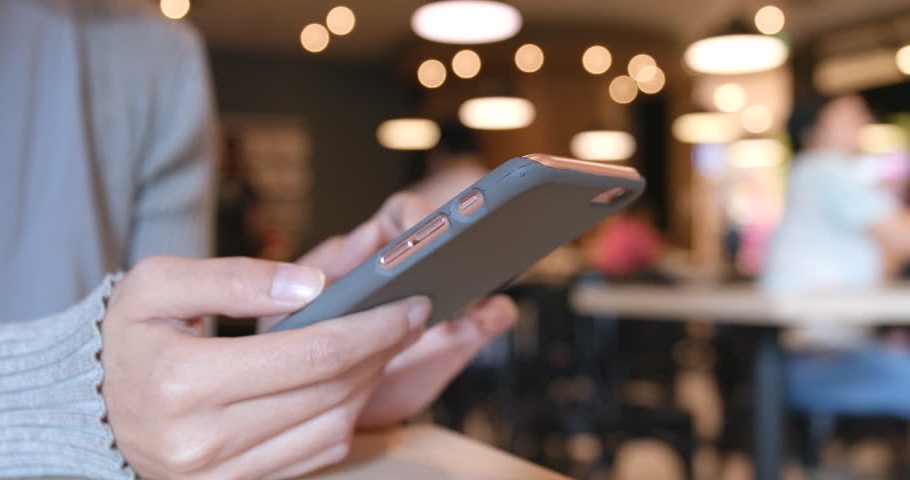
The MasterTAAG app is the first of its kind smart web service for restaurants. Designed to help service restaurants by translating their menu into their customer’s preferred language and currency effortlessly. The use of digital technology ensures there is no download delay for the customers, helping them to understand the menu offered by the restaurants as well as the costs. The service also gives a pictorial representation of the menu, allowing customers to see how delicious the meal looks.
MasterTAAG mainly helps to solve one of the significant problems with ordering food or drink. The customer does not understand the meal or cost involved.
Press Release – MasterTAAG App
Consequently, the MasterTAAG app makes it order foods and drinks by providing the menu and the price list in the customer’s currency and language.
NFC technology provides access to the menu and price list, with iBeacon used in sending them to all mobiles devices that do not have the NFC technology. Users can connect through Bluetooth and WiFi, ensuring that everyone benefits from the technology regardless of their device.
MaterTAAG is already receiving accolades from users. “Surprised at first with this new physical web service and we quickly understood the benefits for our customers,” says Laurent N – Customer at Coffee & Go France.
Discover more information about MasterTAAG on Facebook, Twitter, and LinkedIn.
Media Contact:
MasterTAAG
David Navaro Vera
0044 7909 888 428
[email protected]
www.masterTAAG.com